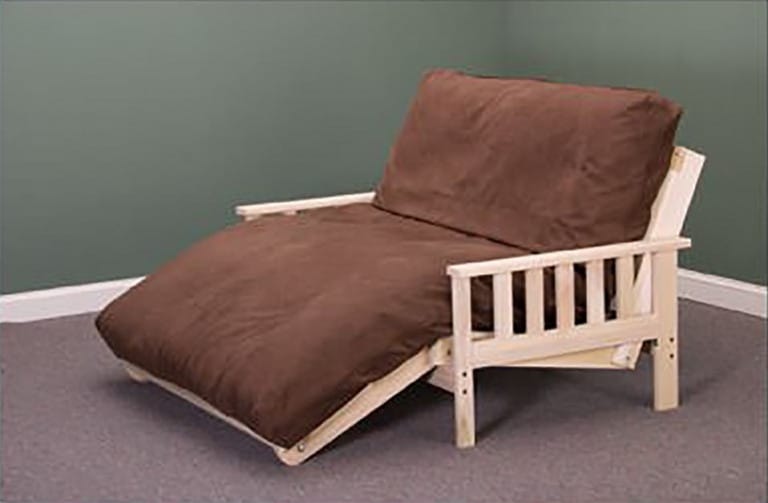Embracing Simplicity: The Floor-Standing Futon
In a world constantly chasing the next big trend in home decor, there’s a quiet, understated charm in embracing the simplest forms of living. Among these, the humble futon placed directly on the floor is a testament to minimalism, functionality, and cultural homage. But the question arises—can you really place your futon on the floor? Let’s delve into a story that not only answers this query but also explores the richness of this practice.

The Roots of Tradition
Our story begins in Japan, the birthplace of the futon. Here, sleeping on the floor isn’t just a matter of practicality; it’s woven into the fabric of culture and history. The Japanese futon, or ‘shikibuton‘, is a thin mattress that’s laid out on tatami—a type of matting made from rice straw. This traditional setup promotes a firm sleeping surface, believed to support the back and promote a healthy posture.
In this setting, the futon is more than a mere sleeping arrangement; it’s a lifestyle choice that embodies the principles of Zen Buddhism—simplicity, cleanliness, and closeness to nature. The futon is carefully folded and stored away each morning, transforming the sleeping space into a living area. This ritual underscores the importance of space, cleanliness, and the fluidity between different parts of daily life.
The Modern Interpretation
Fast forward to the modern era, where the minimalist trend has overtaken the world. Here, the futon on the floor concept finds new relevance. Young adults moving into their first apartment, students in dorm rooms, or anyone looking to declutter their living space have found value in this unassuming piece of furniture. But the question remains—can you just place your futon on the floor, especially in a Western context where carpeted and hardwood floors are more common than tatami?
The answer is a resounding yes, but with a few modern considerations:
Ventilation: Unlike tatami mats that allow the mattress to breathe, modern flooring can trap moisture beneath a futon, leading to potential mildew or mold. Solutions include using a breathable tatami mat or a specially designed bed roll underneath the futon to encourage air circulation.
Comfort: Modern futons come in various thicknesses and materials, catering to different comfort needs. While traditional shikibutons are quite firm, Western futons might offer a softer sleep experience, bridging the gap between cultural tradition and personal comfort.
Aesthetic and Space: Placing a futon on the floor in small living spaces can maximize space during the day and create a cozy, grounded sleeping area at night. It’s a stylistic choice that speaks to both necessity and a preference for a less cluttered living environment.
A Story of Adaptation and Personal Choice
As we weave through history and into the practicalities of today, the decision to place a futon on the floor emerges as a profoundly personal one. It’s a choice that reflects space-saving considerations and a deeper connection to a lifestyle that values simplicity, adaptability, and the health benefits of sleeping on a firmer surface.
So, can you place your futon on the floor? Absolutely. But more importantly, this choice invites us to reconsider our spaces, habits, and how we embrace the world around us. In the story of the floor-standing futon, we find a blend of tradition and modernity, inviting us to create living spaces that are not only practical but also meaningful.
As we conclude this narrative journey, we’re reminded that sometimes, the most profound statements are made not by towering pieces of furniture but by those that keep us close to the ground, rooted in the essentials of life.






